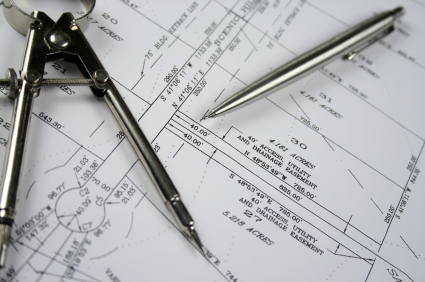First Known Reported Decision In Massachusetts On Private Nuisance and Paragliding
Recently, I filed a very interesting and novel case involving private nuisance and paragliders which resulted in a favorable injunction ruling for my client. My clients have a beautiful home on Peaked Cliff in the Sagamore Highlands area of Plymouth/Bourne, overlooking Cape Cod Bay providing breathtaking views of ocean and cliffs. The home has a large back deck overlooking the ocean which the family uses frequently to enjoy the views and ocean.
With its high thermal wind activity, the area has become a hotbed for a local paragliding club who start flights at 6AM running through sunset. Unfortunately, it is alleged that the gliders have become increasingly reckless and belligerent. They have flown within feet of my clients’ home yelling and screaming obscenities and giving obscene finger gestures. On several instances, the gliders have crash landed on the grounds, and at least one glider crashed into my client’s roof. One glider almost died when he crashed directly on the cliff, necessitating a complicated rescue operation. The gliders were brought before the local conservation commission and were required to implement changes and new safety protocols. Those were not followed, unfortunately.
We filed a lawsuit for private nuisance and trespass in Plymouth Superior Court, asking the Court to issue a no-fly zone around my client’s property.
A private nuisance occurs when someone “creates, permits or maintains a condition or activity on property that causes a substantial and unreasonable interference with the use and enjoyment of the property of another.” This is the first case that I am aware of in Massachusetts whether paragliding and hang-gliding may rise to the level of private nuisance. Judge Thomas F. McGuire, Jr. held an in-person evidentiary hearing, which was actually my first in-person hearing since Covid-19 hit. I put together a video montage of photographs and video footage of the offending glider activity and showed that to the Judge. I also cross-examined one of the lead gliders who conceded that their no-fly zone would not substantially impede glider flights in the area.
The Court issued a well-reasoned written opinion granting an injunction prohibiting all glider flights over my client’s property with a 30 foot buffer zone around my client’s property. Notably, the judge found that the club itself had documented the gliders’ problematic activity in their internal meeting minutes (which we found online). The judge ruled that the gliding activity rose to the level of being a private nuisance, and that my clients would suffer irreparable harm if they were not enjoined from flying over and near their house. We are hopeful that this will keep the peace, but the order is enforceable with contempt powers, as the judge made clear in his ruling.
As I said before, this ruling is notable because it’s the first reported decision involving gliders and private nuisance in Massachusetts. With the proliferation of drones and other low flying aircraft and devices, this ruling should provide some much needed legal precedent and guidance in this other situations where property rights conflict with airspace rights.
{ 1 comment }

































